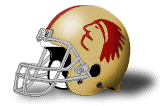
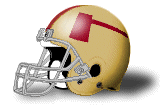
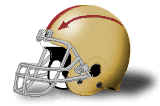
Fifty Years Ago: Football Season of 1962 - Days of "Camelot"
By Jim Joanos
Nineteen sixty-two was a special year that I remember well. It was the year that my family and I returned to Tallahassee after being away for five years in the military and law school. Jack Kennedy, the youngest president in our history, along with his beautiful wife and kids were in the White House. Life Magazine’s pages were filled with pictures of beautiful people in a time of financial prosperity in our country. Lt. Colonel John Glenn, Jr. had orbited around the earth in Mercury 6. A U.S. space probe had made it all the way to the moon. The radios and television sets filled the air with songs like “Blowin’ in the Wind” and “Days of Wine and Roses.” The best seller books list included “Who’s Afraid of Virginia Woolf?” and “One Flew Over the Cuckoo’s Nest.” But all was not “peaches and cream.” Marilyn Monroe had died from an apparent overdose of sleeping pills. The South was still segregated and there was struggle and strife over that situation. The U.S. was becoming very heavily involved in Viet Nam and we were very deep into the “Cold War.” Most frightening of all, the Soviets were constructing missile bases in Cuba very close to our shores.
The Florida State University boasted of nearly 10,000 students and “was growing.” Dr. Gordon W. Blackwell was president and Bill Peterson was in his third season as head football coach of the Seminoles. The team mascot, “Sammy Seminole,” was a student (Joe Greene) dressed in native American garb who did somersaults along the sidelines. Campbell Stadium held about 25,000 but was only filled when one of the “big named” teams agreed to play in Tallahassee, which was rare. Tickets for home games were $4.00 each and for $21.00 you could get in to all four home games plus the game against the University of Florida in Gainesville. Fans “dressed up” for the games. That meant coats and ties for men and nice skirted suits for women. Homecoming meant hose, hats and gloves for the women and men were expected to show up with a corsage for the lady.
Bill Peterson’s coaching staff included several assistants that would later become head coaches for other programs. They were Don James (Kent State, University of Washington), John Coatta (Wisconsin, Mankato State), Ken Meyer (San Francisco Forty-niners), and Vince Gibson (Kansas State, Louisville, Tulane). Also on his staff were legendary FSU assistant, Bob Harbison, Bubba McGowan, and Dick Flowers who would later become an outstanding high school football coach in the Tallahassee area. The team trainer was Don Fauls who would serve FSU many more years in that capacity.
The game was played somewhat differently. Substitution was limited and somewhat complicated. Starting a quarter did not count but otherwise players could only enter the game once each quarter. Consequently, Coach Peterson utilized a most interesting system. FSU players were divided into three groups so as to maximize the abilities of the players. The groups had symbols on their helmets which designated them as (1) the "chiefs" who were the most skilled at playing both ways, offense and defense; (2) the "renegades" who were defensive specialists and played in defensive situations; and (3) the "warriors" who played on offense only.
 |
 |
 |
In 1962, FSU went 4-3-3 including beating Georgia for the second year in a row, this time in Athens, 18-0 (on Oct. 20). The other three wins were against The Citadel (49-0), Furman (42-0), and Virginia Tech (20-7). The three ties were at Kentucky (0-0), at Georgia Tech (14-14), and at Auburn (14-14). The losses were to Miami (6-7), Houston (0-7) and Florida (7-20). The 1962 team was known for its defense, for in 10 games, the opposition only scored 69 points.
That 1962 team had a number of outstanding players. The leader and team captain, guard Gene McDowell was awarded Associated Press Third-Team All-American honors for his play that season, a very big honor for an FSU player at that time in history. McDowell, quarterback Eddie Feely, end John McConnaughay, and center Bruce Darsey, all made the “1962 All-Florida Team.” McDowell later became a college football coach and spent thirteen years as the head coach at the University of Central Florida. Running backs Keith Kinderman, Marion Roberts and Dave Snyder had especially good seasons as did punter and backup quarterback Charlie Calhoun.
Two years later, a number of the sophomores from that team were major contributors when FSU had its great 1964 season which included the Seminoles’ first ever victory over Florida and its first trip to the Gator Bowl where they destroyed the Oklahoma Sooners. Those 1962 sophomores included the famed aerial duo of quarterback Steve Tensi and wide receiver Fred Biletnikoff as well as running back Phil Spooner, nose guard Jack Shinholser, and end Red Dawson. After the 1964 season, Biletnikoff became FSU’s first consensus first-team All-American. But those are stories for another day.
Suffice it to say that the 1962 Seminoles were probably the best FSU team ever up to that point, but more importantly, they paved the way for some very special teams that would follow. It was a good year to be a Seminole football fan.
|
|
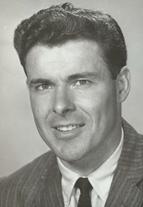 John Coatta |
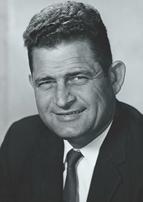 Dick Flowers |
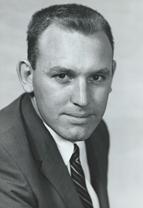 Vince Gibson |
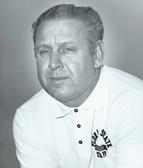 Bob Harbison |
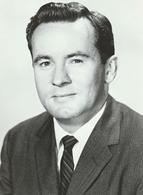 Don James |
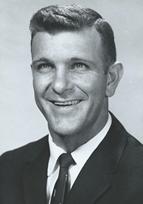 Bubba McGowan |
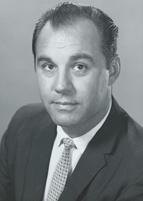 Ken Meyer |
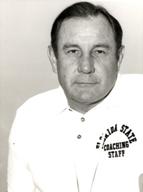 Bill Peterson Head Coach |
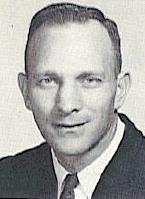 Bill Proctor |
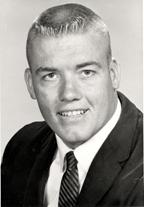 #76, Max Andrews |
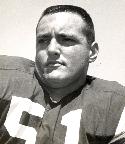 #54, Joe Avezzano |
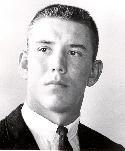 #28, Winfred Bailey |
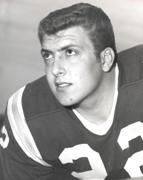 #25, Maury Bibent |
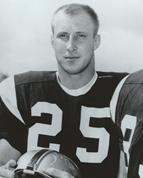 #85, Fred Biletnikoff |
 #79, Mike Blazovich |
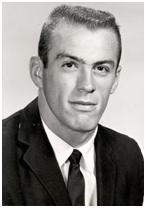 #21, Larry Brinkley |
 #67, Jerry Bruner |
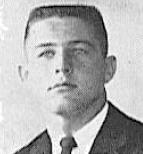 #11, Charlie Calhoun |
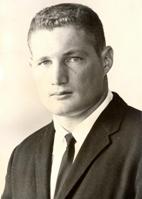 #82, Jim Causey |
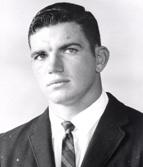 #51, Wallace Cooley |
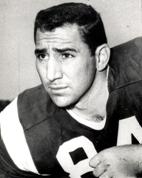 #43, George D'Allesandro |
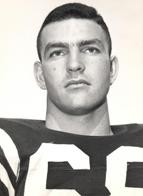 #53, Bill Daly |
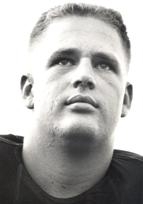 #64, Bruce Darsey |
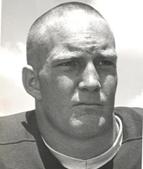 #83, Bill "Red" Dawson |
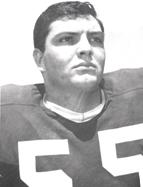 #55, Jack Edwards |
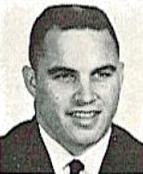 #14, Eddie Feely |
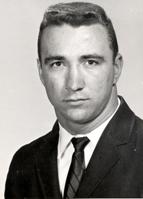 #81, Don Floyd |
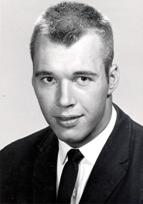 #88, Cliff Gunter |
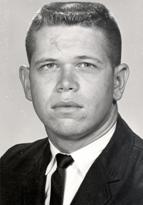 #12, John Harllee |
Need Picture #25, Earl Hawkins |
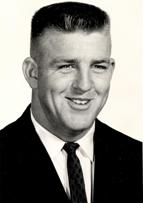 #60, Ferrell Henry |
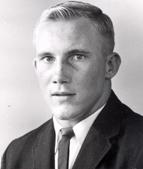 #66, Dick Hermann |
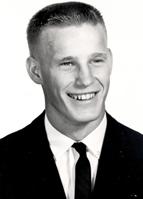 #29, Tom Hillabrand |
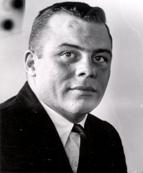 #26, Keith Kinderman |
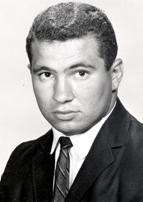 #61, Jeff Klores |
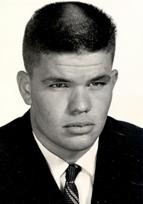 #65, John Levings |
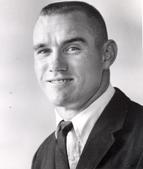 #23, Jim Loftin |
Need Picture Ed Loveless |
Need Picture #80, Rod Luce |
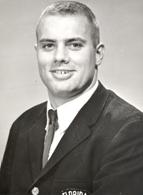 #75, Dale MacKenzie |
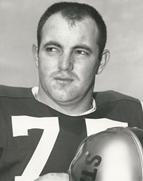 #77, Bob Mangan |
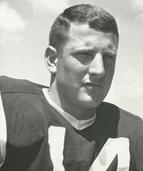 #15, Jim Massey |
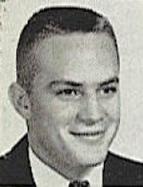 #89, John McConnaughhay |
 #63, Gene McDowell |
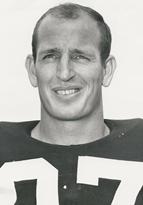 #51, Y.C. McNease |
Need Picture #40, Doug Messer |
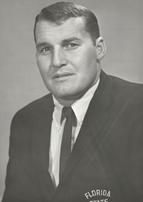 Les Murdock |
Need Picture #42, Ralph Norman |
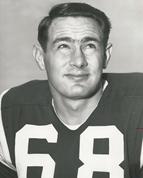 #68, Joe Parrish |
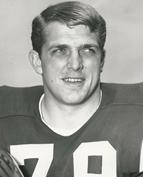 Frank Pennie |
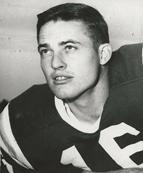 #16, Ed Pritchett |
Need Picture #75, Jack Revell |
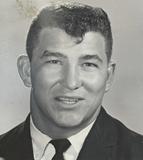 #41, Gene Roberts |
Need Picture #24, John Roberts |
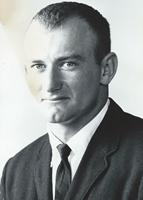 #44, Marion Roberts |
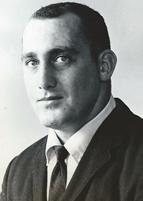 #52, Chuck Robinson |
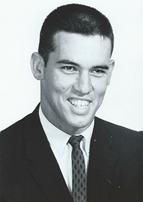 #22, Ken Russom |
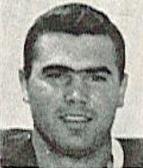 #15, Jim Seaward |
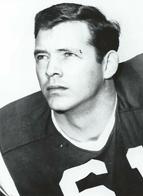 Jack Shinholser |
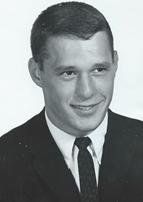 #71, Jim Sims |
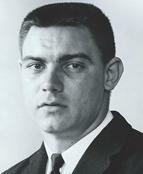 #62, Steve Slay |
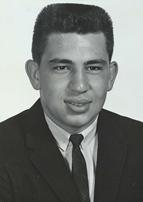 #70, Tom Slicker |
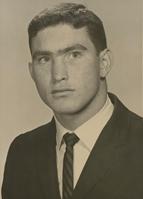 #20, Dave Snyder |
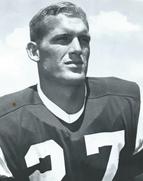 #27, Phil Spooner |
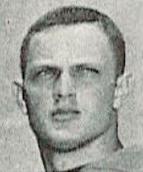 #24, Charles Story |
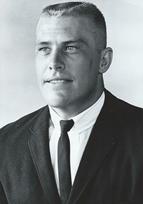 #73, Avery Sumner |
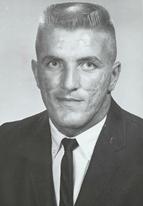 #84, Hank Sytsma |
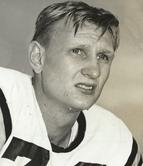 #13, Steve Tensi |
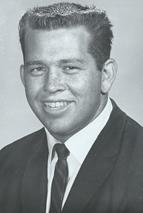 #77, Ken Thompson |
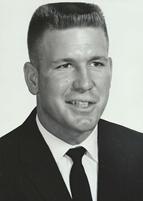 #74, Bill Tyre |
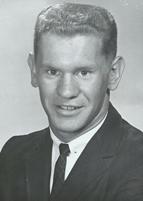 #80, John Wachtel |
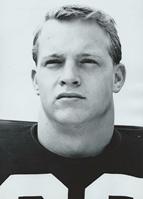 #69, Jim Wade |
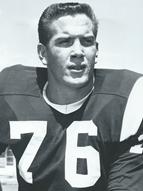 #86, Tom West |
Need Picture #78, Darrell Willett |
Need Picture #68, Chester Womack |